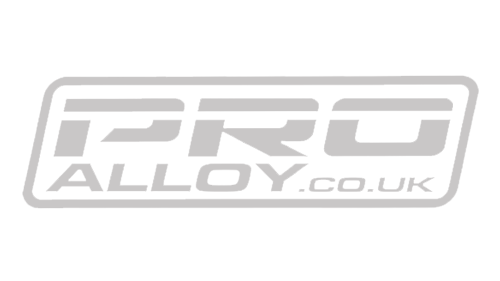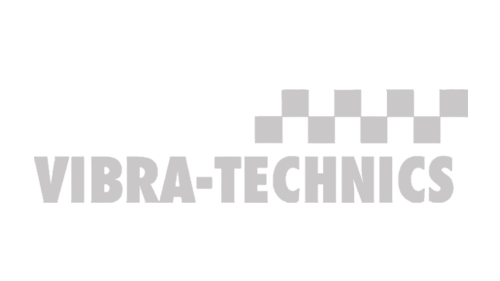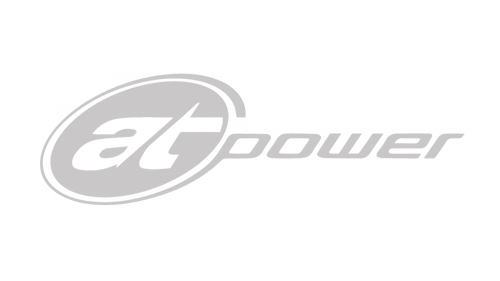Engine
Engine
Looking After The Heart Of Your Vehicle
There are a whole host of modifications and upgrades available for your engine, ranging from performance upgrades to reliability improvements there’s a great deal to choose from when it comes to preparing your car’s engine for track work.
Cooling
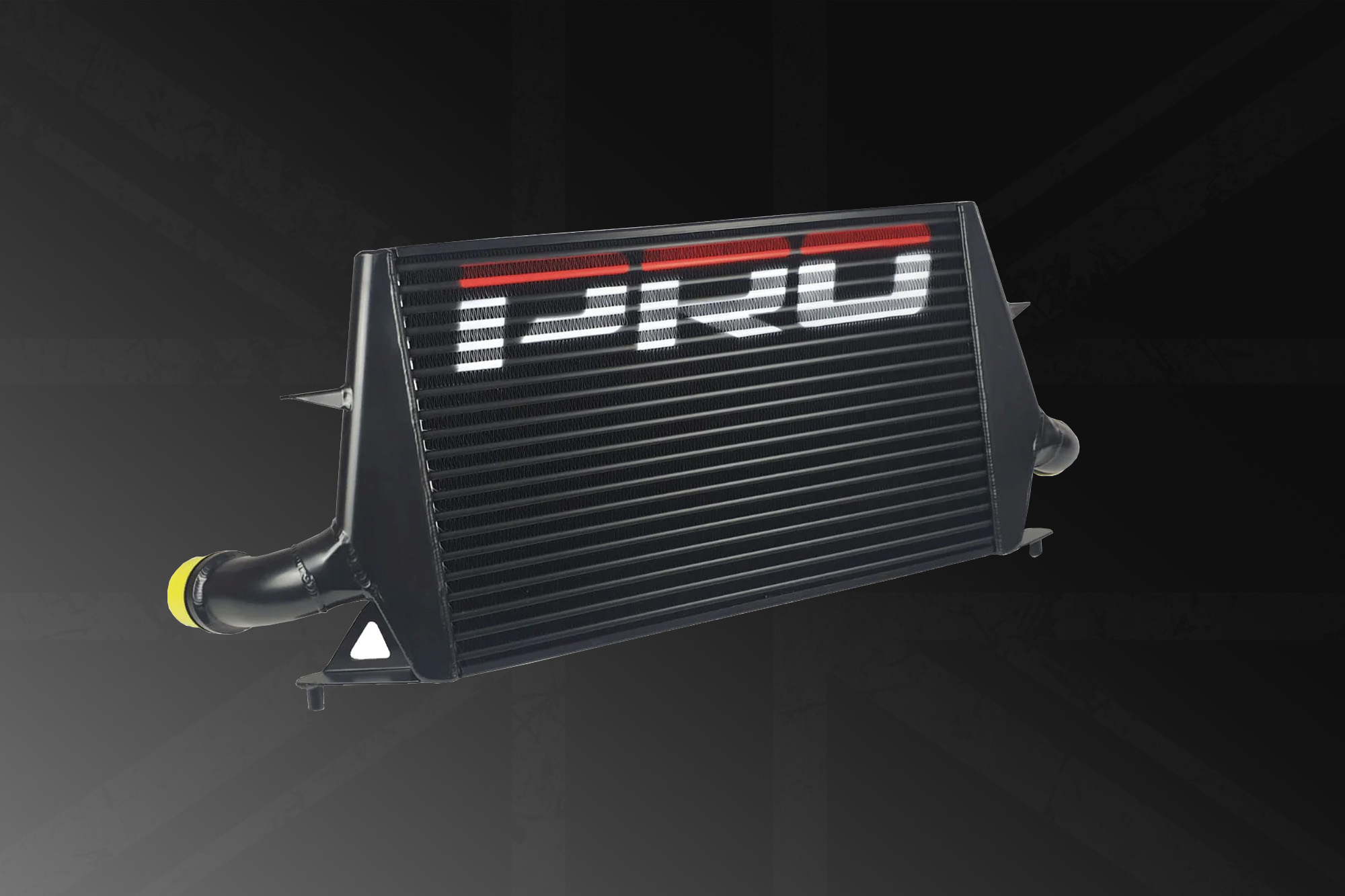
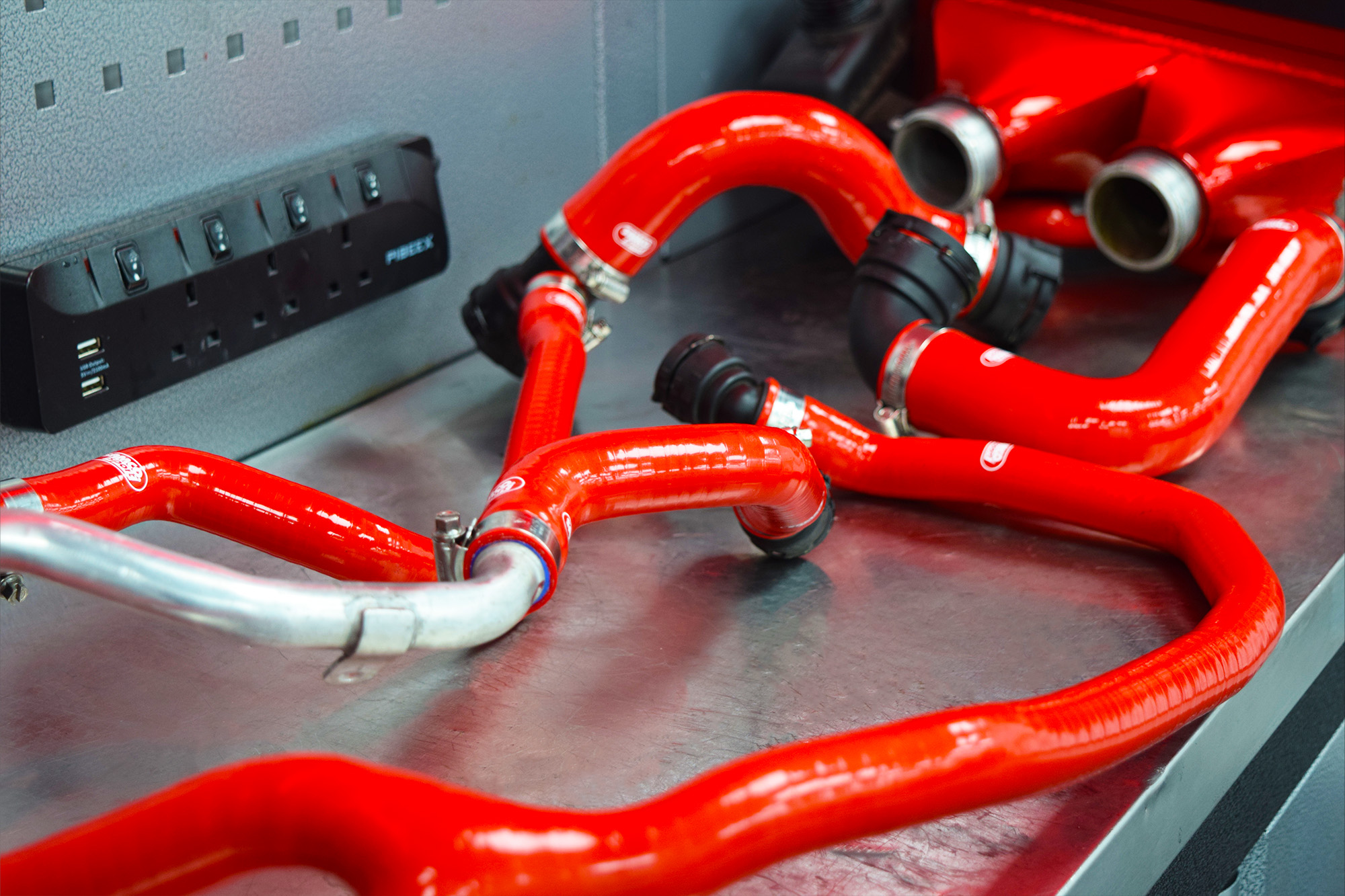
When pushing your car to the limit on track the engine, gearbox and their operating fluids will be subject to significant temperature increases. The cooling systems for these fluids, much like other components on the car, are designed from factory to withstand the stresses and strains of normal road use meaning use on track could potentially overwhelm them and even cause failure! Dependent on the make and model of car there can be a number of upgrade options available from upgrading the coolers/radiators themselves to improving the plumbing that connects them. Considerations should be made towards managing the running temperatures of engine coolant, engine oil, gearbox/differential oil and power steering fluid.
There are 2 main improvements with performance cooling solutions – typically they are of improved construction and often increased capacity. Original parts feature plastic end-tanks crimped to a thin-walled metal core and upgraded radiators of all-metal, fully fabricated construction housing a higher quality, greater efficiency core. Increased capacity components are dependent on packaging and available space in the factory installation position or the ability to relocate the component completely. The benefit of these improvements is increased cooling efficiency which results in a lower operating temperature and the ability for this to be maintained more consistently for a longer duration.
Cooling upgrades are not just limited to cars where auxiliary cooling is fitted as standard, whilst more dedicated sports cars may feature oil coolers and other additional radiators from factory this does not exclude those that don’t from the benefits of upgraded cooling. Its commonplace with track and competition cars to add additional cooling systems where they previously did not exist, more often than not this is used to managed engine oil temperatures by tapping into the existing lubrication system but with the use of external pumps it’s also possible to apply this theory to gearboxes and differentials as well as power steering systems where systems are running at increased speeds due to the sustained, higher engine rpms encountered during track driving.
Our recommend brands for cooling upgrades
Lubrication
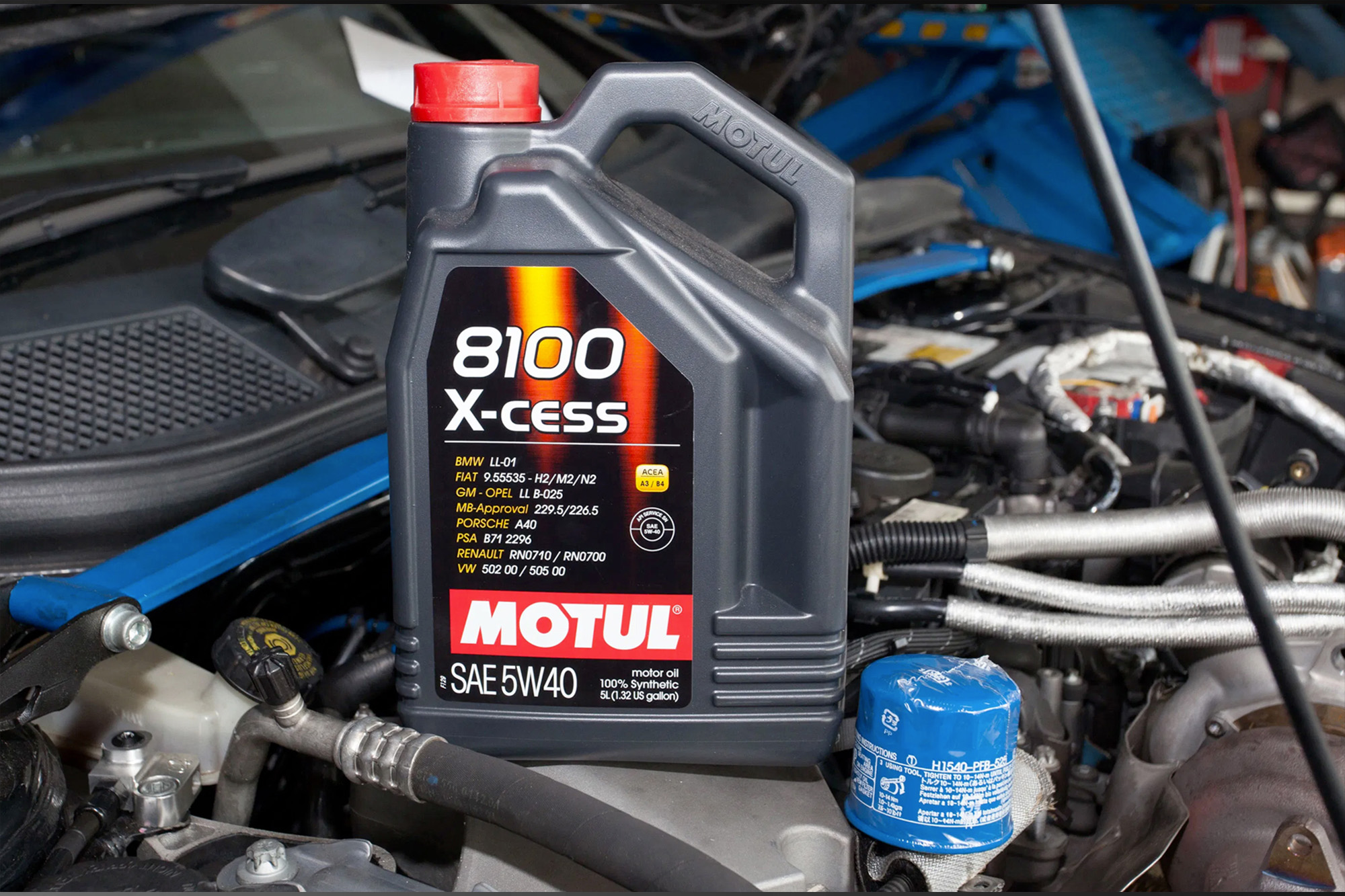
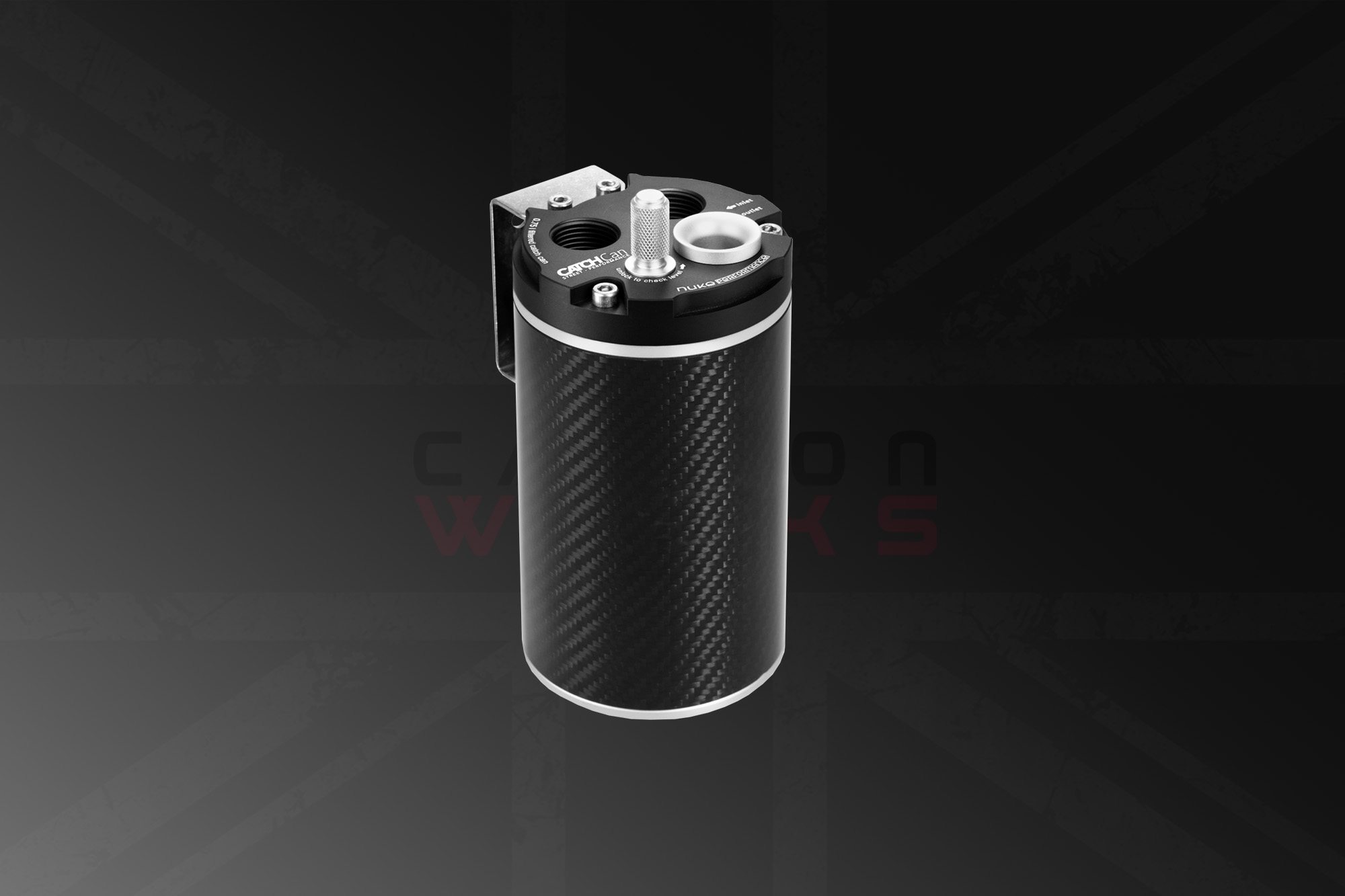
While oil system modifications do not increase power output, they can be vital to the reliability of highly tuned engines and cars used on track. Focusing on the basics is a good place to start, time spent selecting an appropriate high performance engine oil and sourcing a suitable, quality oil filter are cost effective methods of preparing a reliable track car. Engine oil can shear down to a lower viscosity under the pressures of hard track use so its common practice to utilise a performance engine oil of a higher rating such as 5w50 or 10w60, as for oil filter selection, whilst there are quality aftermarket filters available, for piece of mind its worth the small additional cost of using a genuine manufacturer supplied part. The same considerations should be made for all operating fluids where upgrading to the best quality products is far more cost effective than having to replace major components.
Having chosen an appropriate engine oil for your application you might then turn your attention to heat management, whilst modern performance engine oils have been developed to withstand higher pressures and temperatures, all oils can be subject to degradation as a result of longer periods of track use. Oil coolers help to maintain reduced operating temperatures and can be used to benefit any lubrication system within your car, the upgrade components required depends on the application but off the shelf solutions are available for specific makes and models and where such products aren’t available individual components can be purchased for custom setups. Use of thermostatic attachments is best practise for combined use vehicles as it allows oils to reach operating temperatures sooner before the cooling network is opened.
Other supplementary modifications include baffled sumps and oil catch tanks – these help to manage increased crankcase pressures and prevent interruptions to oil supply. For pretty much all standard application engines the oil is held in a sump pan at the bottom of the engine in from which it is pumped round the lubrication system, it is drawn from a pickup pipe closed to the lowest point of the sump but in extreme circumstances high speed cornering can cause oil to surge to one side away from this position. To prevent this baffled sump solutions exist that consist of physical barriers or fences installed in the sump pan to restrict the movement of oil away from the pickup or oil pump.
Higher up the engine is a breather network designed to vent crankcase gases, in layman’s terms releasing the pressure generated by combustion gases inevitably passing by the piston rings and into the space below the rotating engine internals (the crankcase). Venting this space helps to prevent oil leaks, minimise oil consumption and the build-up of moisture through condensation. From the early days of emissions control positive crankcase ventilation has regulated the passage of engine vapours between the crankcase and the intake system where they can be drawn into the engine and burnt as part of combustion. Modifying the breather system to utilise a catch can alleviates the negative impact of these vapours on combustion, particularly in high performance engines where crankcase pressures can be far greater and can also serve as preventative maintenance on direct injection engines where, the cleaning effect of the air-fuel mix on the inlet tract has been lost.
Our recommend brands for lubrication
Mounting
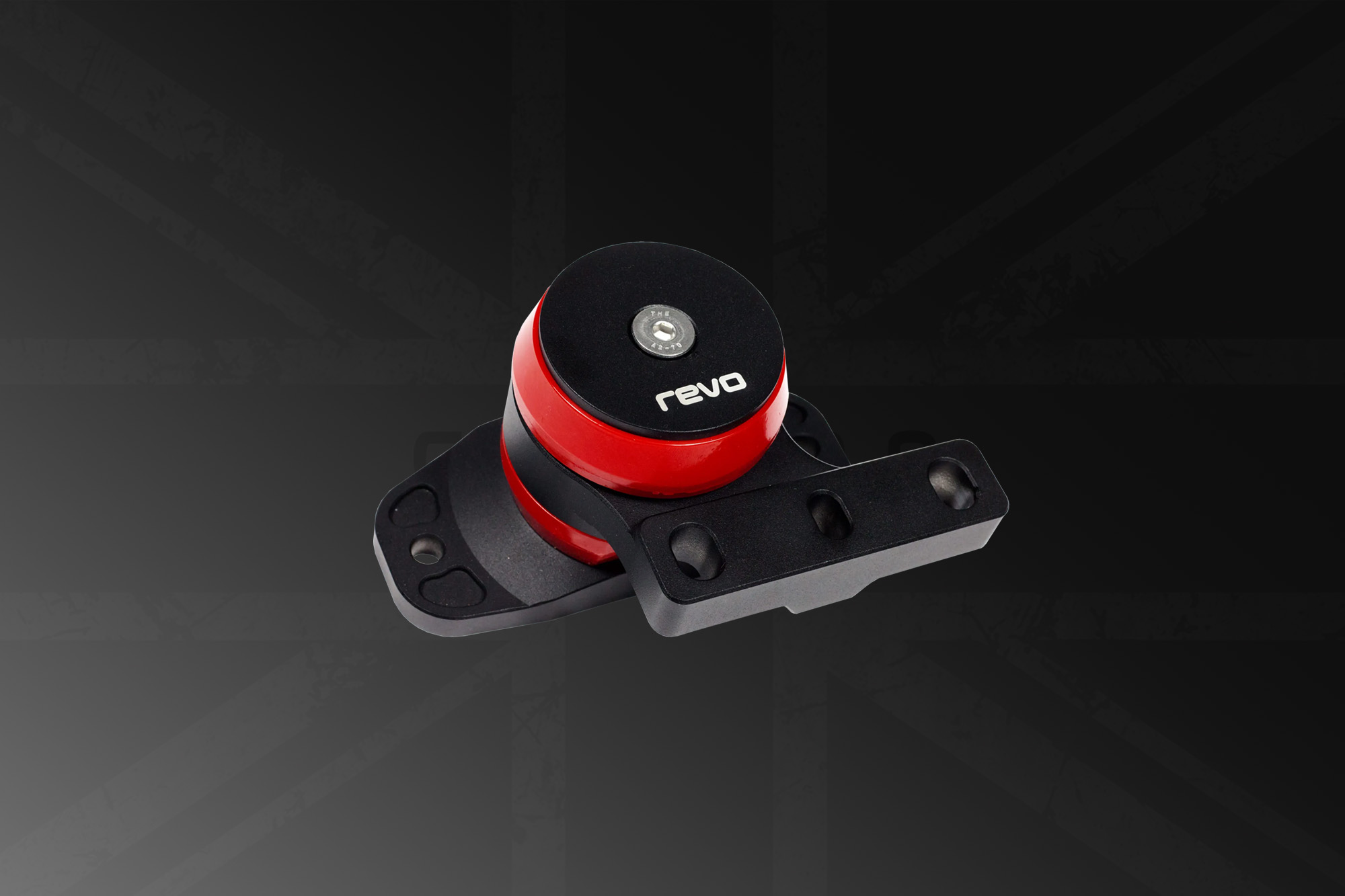

Much like suspension bushings, factory mounts tend to be of a rubberised construction designed to keep noise, vibration and harshness to a minimum achieving the best balance of comfort and production cost. Whilst under normal operating conditions these mounts will be perfectly adequate and likely cover many thousands of miles before failure, there are many upgrade parts available that are far better suited to the rigours of track driving that will not only result in improved reliability more direct feedback for you the driver. It’s worth noting such upgrades can also be made to the major components of the drivetrain.
Initial improvements can be made using polybush inserts to reinforce the original mounts, by filling the voids in the original bushings the flex and movement is significantly reduced. Dependent on application, typically with stabiliser bars, it is also possible to find complete replacement bush kits where the original rubber bush is removed and entirely replaced by a polybush upgrade. Often polybush solutions are available in varying stiffnesses (shore rating) depending on just how dedicated the use of your vehicle is.
Beyond this there are specific competition or race application mounting products, these are typically of rubber-to-metal bonded design and cater for applications where power output is significantly increased above standard or there is more significant force feedback from performance driving. Manufactured to significantly tighter tolerance but with a bonded rubber construction such mounts can offer improvements in control with less harshness than some polybush applications. For extreme competition environments there is the option of billet, solid-mounting components, typically used for drivetrain applications such as differentials, they offer the most dedicated levels of performance negating any potential deflection allowed by the original rubber bushings. It goes without saying, however, that solid mounts are the most compromised transmitting high levels of noise and vibration.
Our recommend brands for mounting upgrades
Performance Tuning & Re-Mapping
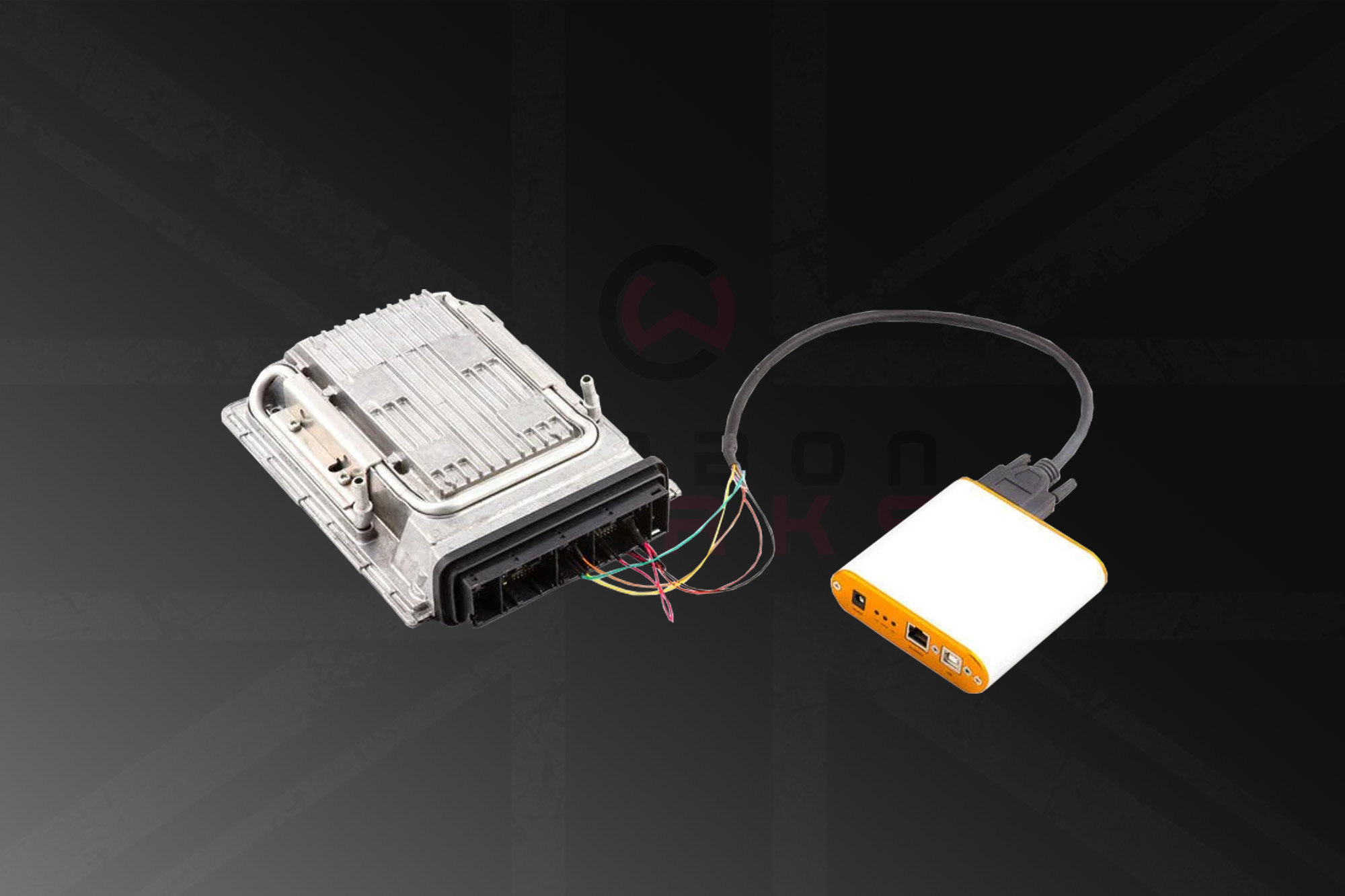
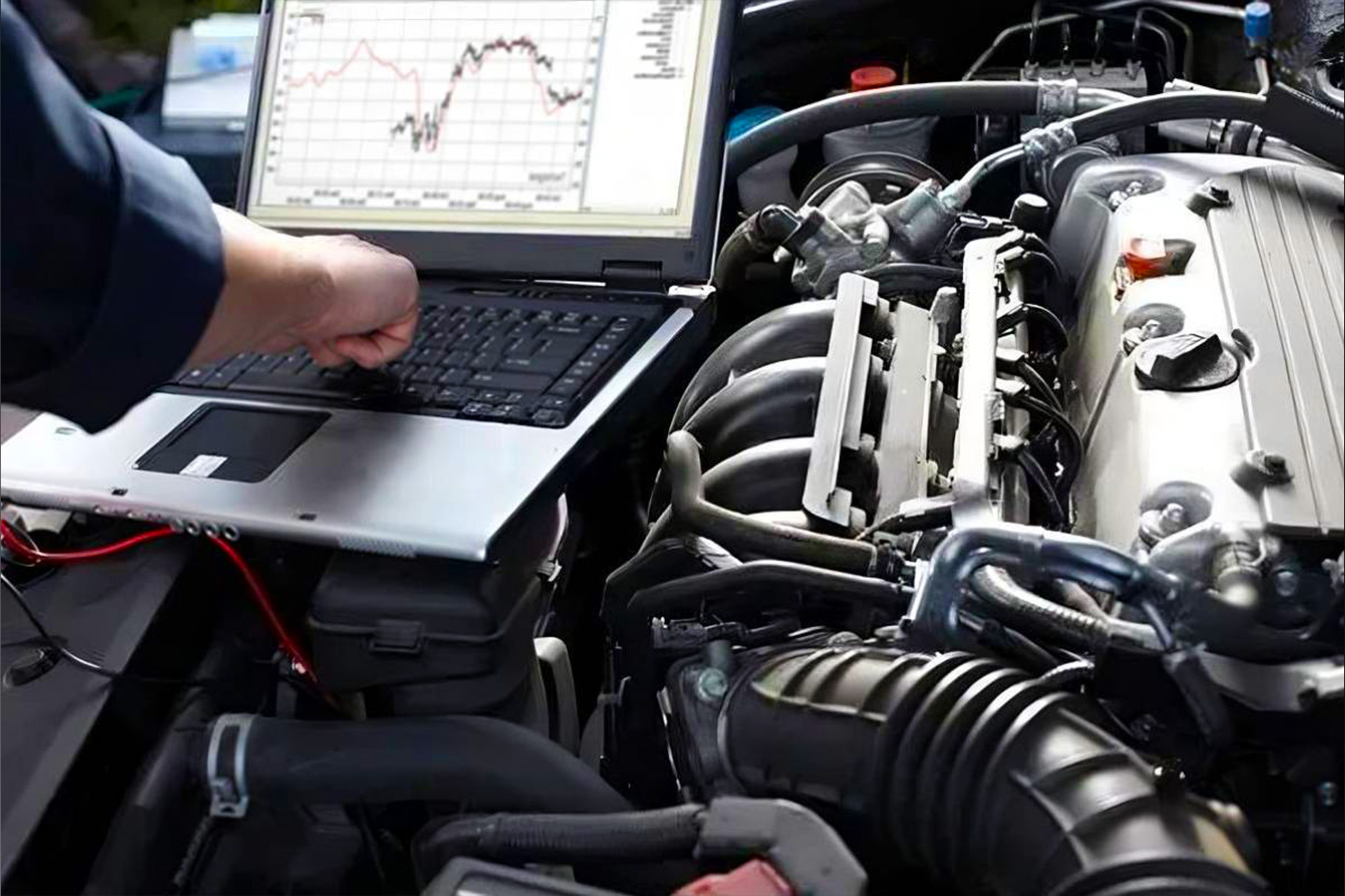
Remapping unlocks the true performance potential of modern day, fuel injected engines – by adjusting the software parameters it’s possible to increase the flow of air/fuel mixture into the engine and raise its output as a result. The factory state of tune is typically quite conservative for the benefit of general reliability, supplying a global market with varying operating environments and fuel qualities and ever tightening environmental restrictions. With all this in mind performance is not a priority when it comes to development and for some models, performance levels are deliberately restricted in order to retail the same car with the same base engine but different differing power outputs.
The good news is that fuel qualities and environmental conditions in this country (at least) allow for significant development of the ECU software for the benefit of increased performance. Whilst remapping is possible for all cars, standard or modified, the greatest gains are seen with cars that have forced induction (supercharged or turbocharged) where the air/fuel mixture is supplied under pressure maximising volumetric efficiency (cylinder filling). Tuning modified cars extracts optimum performance from upgrades fitted to the car so if you are considering both modification and remapping then best practise is to install your new parts first allowing the subsequent remap to be customised to suit the new components.
Ease of access to the ecu software is dependent on the make and model of vehicle – generally speaking the newer the car the more protected the access to the ECU is, some applications will require the ECU to be removed from the car and opened up in order to tap into specific elements of the circuitry and unlock it ready for tuning. The good news is that with various companies working towards tuning solutions for new ECU variants the majority of vehicles over a couple of years of age can be tuned via the diagnostics port. There’s more good news for anyone sporting automatic transmission as there are tuning solutions available for these systems too which will help optimise shifting points to compliment the power freshly unleashed from engine remapping.
Our recommend brands for tuning
Throttle Body Conversions


Probably one of the most significant improvements in airflow to the engine can be made through modifications to the throttle body or bodies that supply the engine, upgrades range from modifications to the existing/original throttle body to replacement of the factory parts with uprated components be that singular or converting to multiple bodies. Whilst throttle body improvements are typically more common amongst natural aspirated engines it is still an option for supercharged or turbocharged cars but usually only in conjunction with far larger than standard chargers producing significantly higher levels of boost.
The biggest increase in performance for a naturally aspirated engine comes from converting to individual throttle bodies, this results in one throttle body per cylinder where originally there may have only been one to supply all cylinders. The obvious benefit to this is a significant increase in airmass delivered to the corresponding cylinder and in some smaller, transversely mounted engines the positioning of the throttle bodies can be forward facing resulting in a force-fed, ram-air effect. This type of conversion requires replacement of the inlet manifold(s) and usually aftermarket engine management. Often installation means converting to cable operated throttle (mechanical) from the factory drive-by-wire system (electronic), however it is possible to implement electronic actuator control.
It’s important to note that for upgrades or replacement of individual/singular throttle bodies an adaptor plate or even a replacement inlet manifold will likely be required as well as changes to the air filter/intake system and remapping to suit following installation. Individual throttle bodies replace the entire intake system from the cylinder head forward and can sometimes require body modification and relocation or removal of auxiliary components such as air-conditioning.
Our recommend brands for Throttle Body Conversions
Turbo & Supercharger Conversions
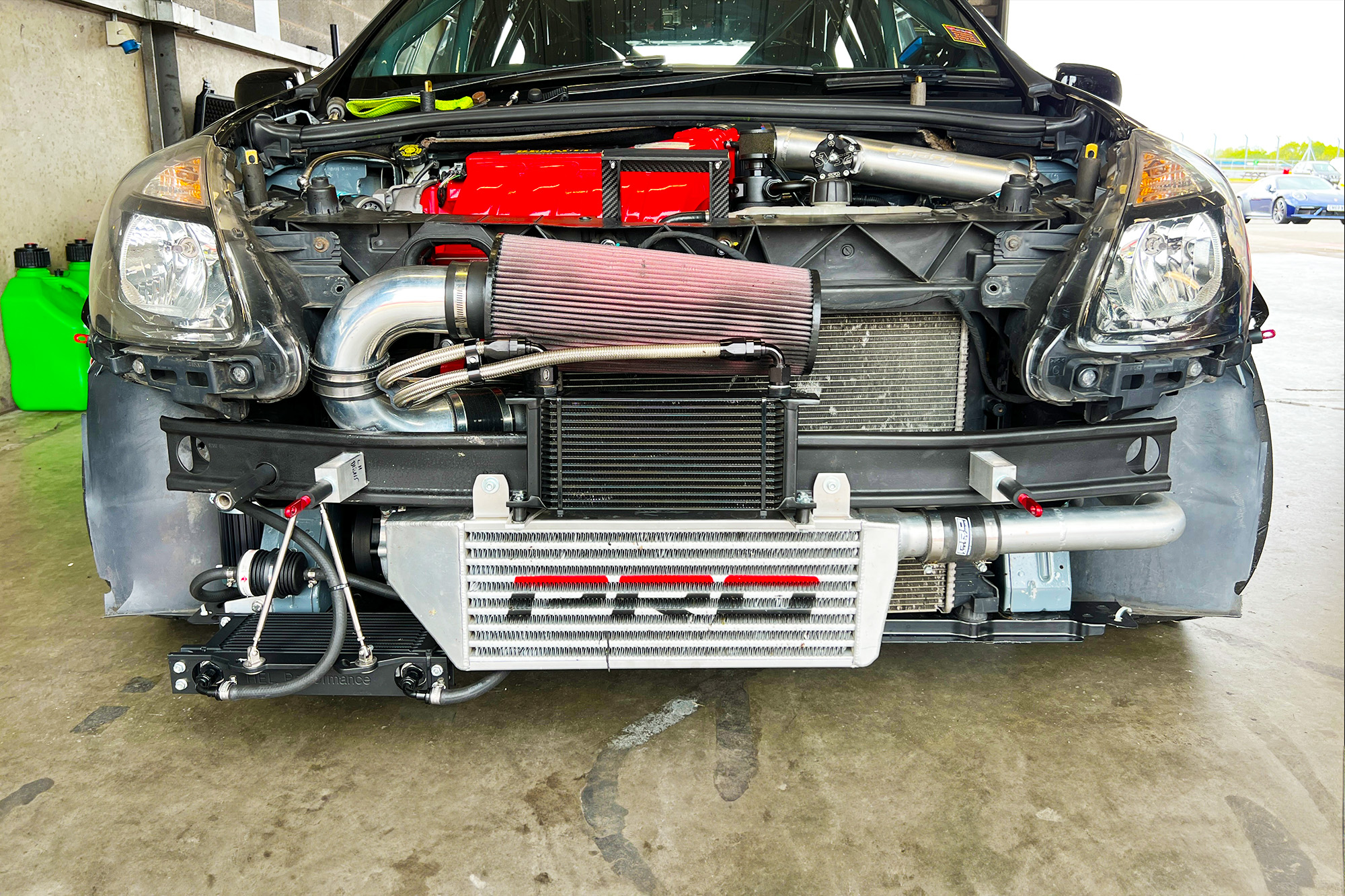
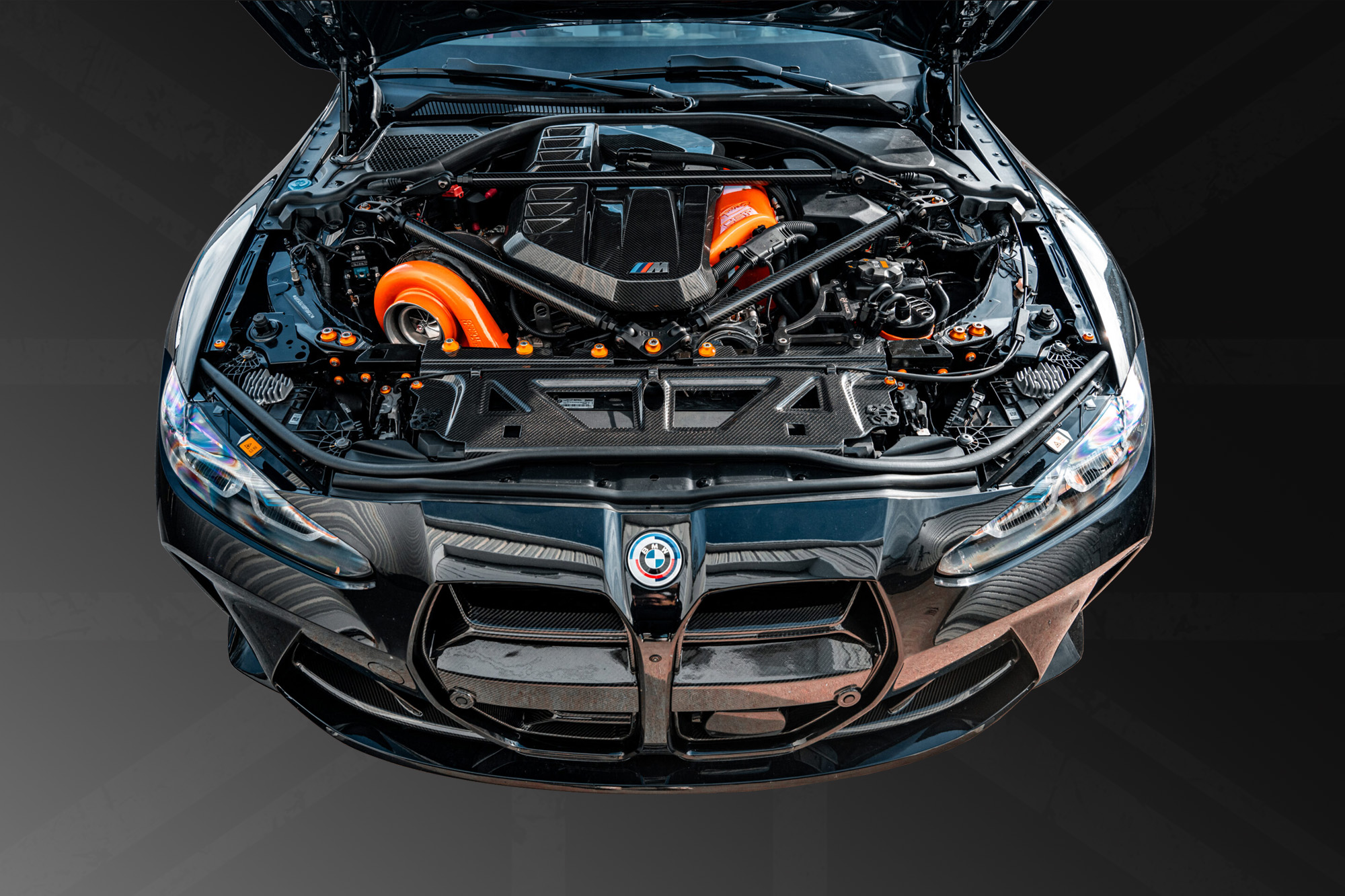
Collectively referred to as forced induction, turbochargers and superchargers are both methods of pressurising the intake system of an engine. This means that once the inlet valve(s) open air or air/fuel is forced into the cylinder squashing more combustion material into the available space thus creating a bigger ‘bang’ and generating more power. Whilst they both achieve the same effect, one (supercharging) requires mechanical drive to be supplied by the engine whereas the other (turbocharging) harnesses the flow of exhaust gas from the engine which would otherwise just be waste material. Turbocharging is far more efficient which is why it has become so widely adopted and common place in road going sports cars today.
It is possible to upgrade both superchargers and turbochargers from standard where the drive ratios for the supercharger can be changed to increase the speed at which it is turning and likewise for turbochargers the internals can be upgraded resulting in a higher output. It is worth noting that other supporting modifications will likely be required at this point be it modifications to inlet or exhaust systems or implementation of upgrade parts such as air filters, intercoolers and manifolds. Modification of the standard turbocharger, commonly referred to as hybridisation, is a very common upgrade where the original housing is reengineered to accept larger internal parts – it’s particularly effective as it means the factory mounting and packaging is retained whilst benefitting from the performance of uprated internal parts. There is ultimately a maximum achievable output from the standard size components and to increase performance from this point would require a larger core unit with a higher rating and whilst this is possible with both supercharged and turbocharged applications it requires significant supporting hardware and modifications and would require the engine to be built to a much higher specification than standard.
For the committed enthusiast it is also possible to convert a naturally aspirated engine to forced induction. This is relatively common practice in smaller hot hatches and offers a more cost-effective solution to a higher power output than staying naturally aspirated. For popular models there are off-the-shelf solutions available, such conversion kits are typically quite extensive as changes to intake, exhaust and auxiliary drive belt systems may be required dependant on application. The limiting factor in this situation is typically the threshold of the standard engine, forced induction engines are designed with a lower compression ratio to cope with the applied boost pressure meaning that typically a naturally aspirated engine will only tolerate a small amount of boost whilst avoiding mechanical failure.



